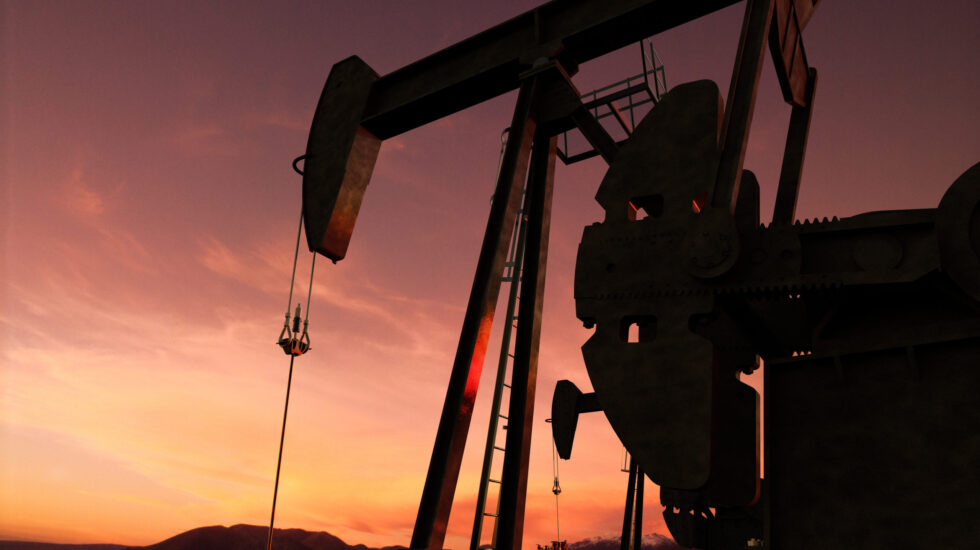President Joe Biden will release 50 million barrels of crude oil from the U.S. Strategic Petroleum Reserve as part of an international effort to lower fuel costs; Britain, China, India, Japan and Korea are also tapping into their stockpiles.
“American consumers are feeling the impact of elevated gas prices at the pump and in their home heating bills, and American businesses are, too, because oil supply has not kept up with demand as the global economy emerges from the pandemic,” the White House said in a statement. “That’s why President Biden is using every tool available to him to work to lower prices and address the lack of supply.”
According to AAA, the average price for a gallon of gas was $3.40 on Tuesday morning, a more than 60% increase from the year before.
The New York Times provides key context:
The move to tap into U.S. stockpile of crude, the largest in the world with 620 million barrels of oil, was […] a way for the president to show the administration’s focus on rising gas prices that have stroked anxiety among Americans amid declining approval numbers for the administration.
The stockpile, stored in underground caverns in Texas and Louisiana, was established after the 1973-74 oil embargo by Arab members of the Organization of the Petroleum Exporting Countries, and has only been tapped in this manner in emergencies like the buildup to the Persian Gulf war in 1991 and the aftermath of Hurricane Katrina in 2005, when much of the Gulf of Mexico oil infrastructure was damaged. The reserve is also used to exchange or lend oil to refineries when accidents or storms block shipping channels.
The coordinated international effort to increase oil supplies will likely anger the members of OPEC+, a collection of the world’s biggest oil producers – including Saudi Arabia and Russia – who have resisted calls to rapidly increase production. They have promised to add just 400,000 barrels a day each month to their output, a number that has underwhelmed industry experts.
“OPEC+ officials warned they’re likely to respond by cancelling plans to boost their own production, negating the addition of stockpiled oil onto the market. The standoff sets up a fight for control of the global energy market,” reports Bloomberg.
The Associated Press adds more details on how Biden’s plan will work:
The U.S. Department of Energy will make the oil available from the Strategic Petroleum Reserve in two ways; 32 million barrels will be released in the next few months and will return to the reserve in the years ahead, the White House said. Another 18 million barrels will be part of a sale of oil that Congress had previously authorized.
White House Press Secretary Jen Psaki said Monday evening that the White House would also keep tabs on the oil companies, too.
“We will continue to press oil companies who have made record profits and are overseeing what we consider to be price gouging out there when there’s a supply of oil or the price of oil is coming down and the price of gas is not coming down,” Psaki said. “It does not take an economic expert to know that’s a problem.”
Americans used an average of 20.7 million barrels of oil every day in September, so the 50 million barrels from the Strategic Petroleum Reserve represents approximately two and a half days of consumption.
The Wall Street Journal reports:
The last globally coordinated release came in 2011 when the U.S. and 27 other countries agreed to release 60 million barrels to replace some of 140 million in output lost as a result of three months of conflict in what would become Libya’s civil war.
The Journal adds:
Officials didn’t specify when they expect consumers to see lower prices at the pump, though they noted there is usually a lag between increased oil supplies and when retail prices fall. “We expect the industry to be passing through these savings to consumers as quickly as possible,” an official said.



